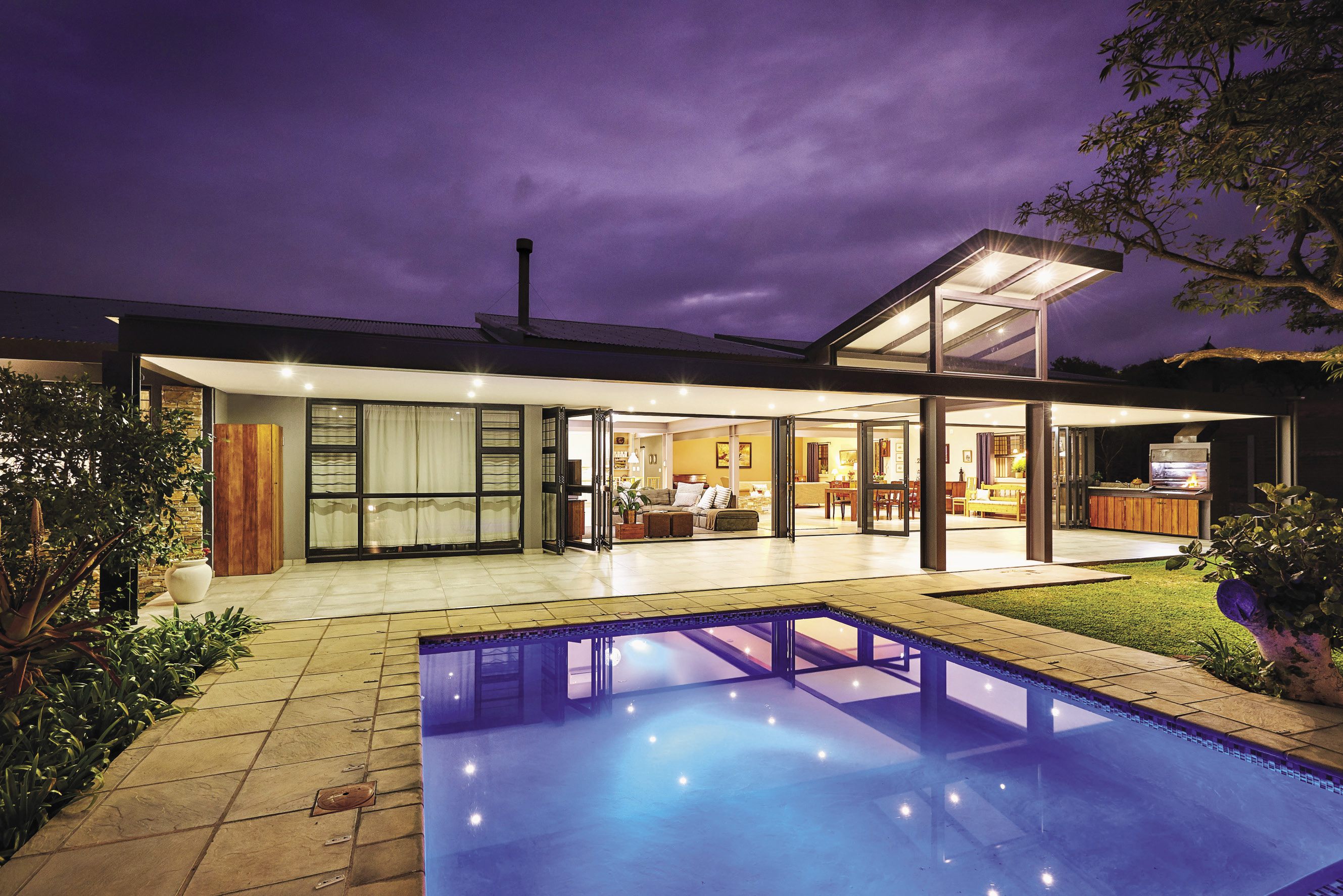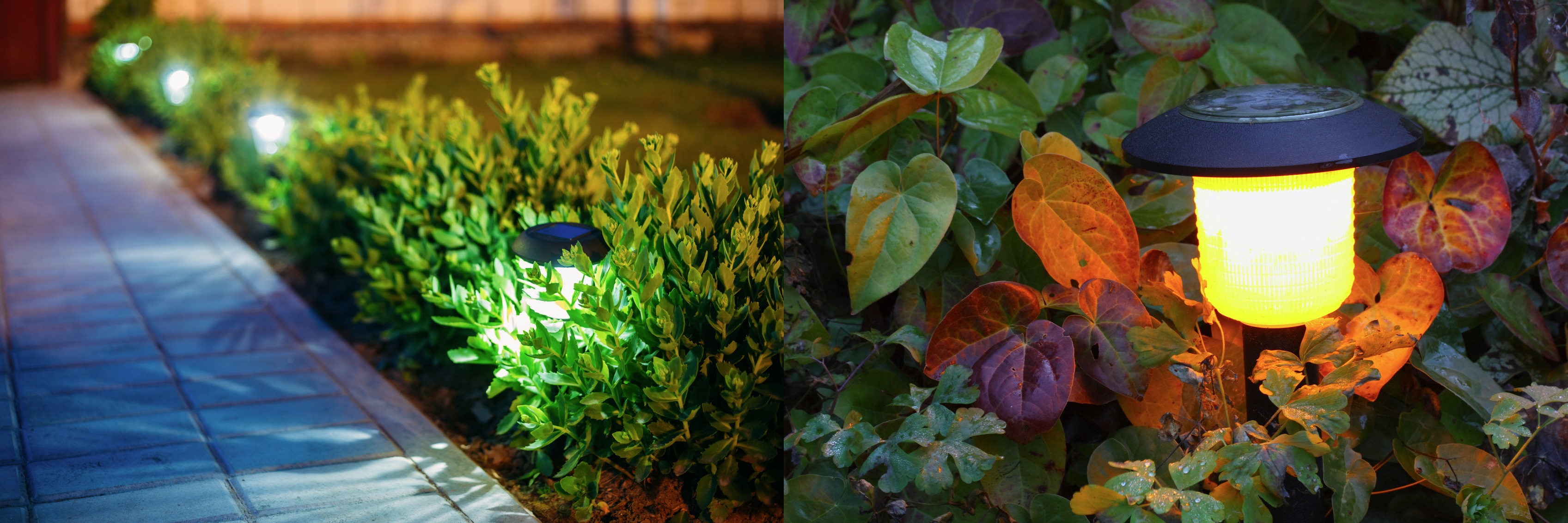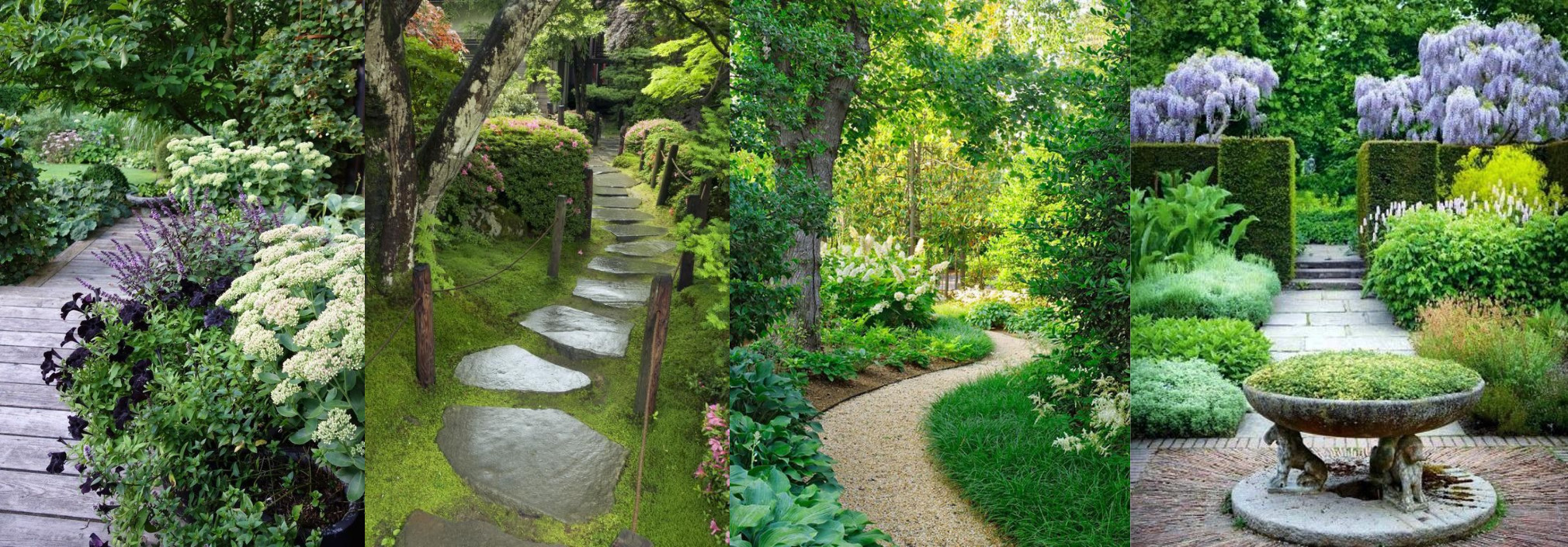Putting in a pool is an expensive exercise, so it stands to reason that you should carefully consider its shape, size and where best to start digging…
The size of your swimming pool will ultimately be influenced by your budget and the amount of space you have available in your yard, while the shape you choose should lend itself to your plans for the pool – are you going to use it primarily for exercise (in which case, a long lap pool will do) or will it be for the whole family to enjoy (if so, then a recreational pool with a large shallow area to accommodate little people will probably be best). In terms of placement, a pool should complement the overall architecture if it’s placed close to the house (these types of pools usually have more formal lines). Pools that are placed farther out in the yard, away from the home, can get away with being more ‘freeform’ in shape, so they appear more natural and blend in with the surrounding landscape.
Popular pool shapes
Freeform – These pools don’t conform to any shape or size guidelines. They can take on virtually any curvy outline and are typically designed around elements in nature or to blend in with the shape of the yard or flow of the garden.
Rectangular – The straight edges of rectangular pools give them a more formal feel. Their long and narrow design is ideal for swimming laps. A rectangle with rounded corners that help to tone down the formality is also quite popular. Rectangular pools are often found in settings where the pool is intended to complement the existing architecture.
Kidney – This is a popular choice because it works in nearly any size yard. It tends to look more natural than a geometric-type pool and it provides a clear ‘divide’ with its indentation between shallow and deep ends. Some homeowners use the indent as a handy spot for a water feature or even some greenery.
Figure-8 – These are great for families or those who want a pool for many activities. Like the kidney, the figure-8 provides a nice separation between shallow and deep ends. There’s also no rule that says one end has to mirror the other exactly in size.
L-shaped – A natural extension of the typical rectangular pool, this shape is great for those who like to exercise by swimming laps, while still providing a smaller shallow-end ‘entrance’ for younger swimmers.
More popular shapes – Roman, Grecian, Circular and Oval
Hints and tips
• Be careful of hiring a pool company to design the pool without an overall site plan. Rather hire a landscaper too, so you aren’t left with a pool and garden that don’t complement one another.
• Use a reputable pool company. Pools take time to build, and if you are left with an incomplete project because of a dodgy contractor, the cost of finishing it with someone else won’t be pretty.
• Put together a file of pool ideas. Once you’ve collected a dozen pictures or so, you should be able to compare them and spot a common theme in the type of swimming pool that you’re drawn to.
• ‘Plot’ your pool out on the ground using hosepipes to create a realistic visual of the placement of your pool and what size and shape will work best. It’s an easy and free way to ‘test’ a few designs to determine which layout you like most.
• If you have the budget, include unique lighting to make your pool really stand out at night.











Leave a Comment